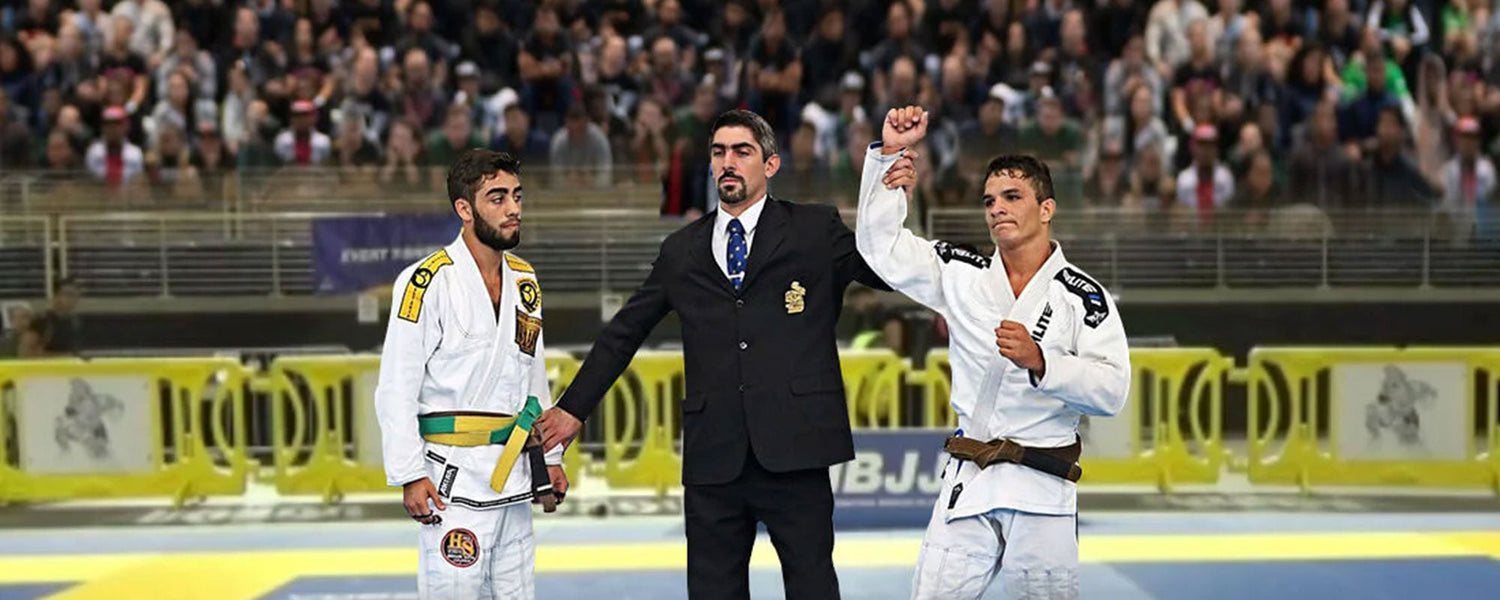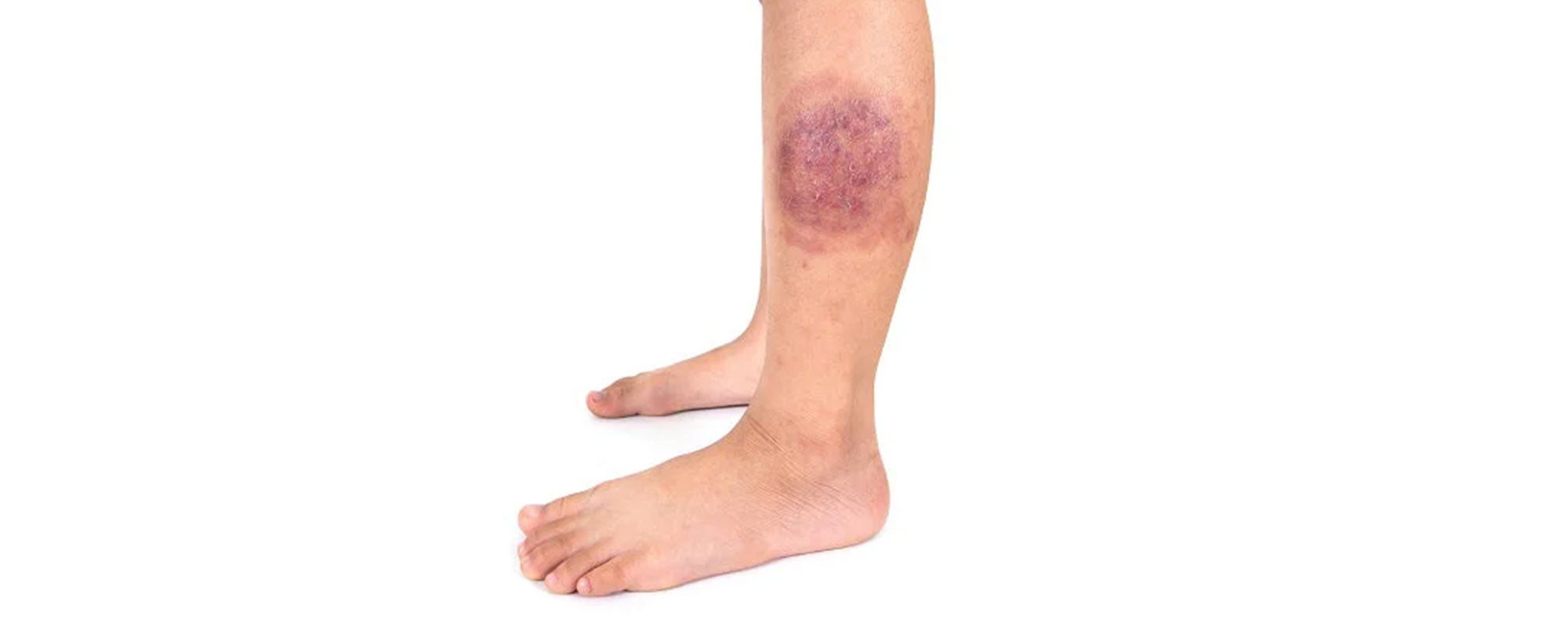Table of content
During your journey learning Brazilian Jiu-Jitsu, your coach may encourage you to participate in competitions. It is well known that the International Brazilian Jiu-Jitsu Federation (IBJJF) is responsible for hosting one of the most important tournaments in the world. Other competitions also follow the majority of these rules and many gyms follow the IBJJF guidelines regarding belt promotion.
If you're seeking to test your abilities in a competition, you should consider participating in an IBJJF tournament as your first go. However, before you step onto the mat, you need to be aware that certain moves could cause you to get banned. This post will explain the rules you need to be aware of to be ready for an IBJJF competition.
1. IBJJF Pros
1.1. Provides A Practical Set of Actions That Result in Greater Dominance Over an Opponent
Takedowns, sweep passes, knee-on-belly, and back mounts, are the primary positions and techniques that earn points in IBJJF tournaments. These steps help you work on your self-defence with a partner. First, get on top of your opponent so that you stay clear of getting hit or swept by his/her legs. Then, manage your opponent by using knee-on-belly so you can strike him/her without giving him/her room to counterattack and quickly finishing a fight without causing serious injury.
It's a straightforward and effective strategy that offers a standard framework for practicing BJJ. Therefore, if you want the opportunity to compete while following IBJJF rules, you will also have to learn essential skills to defeat an opponent.
1.2. It Teaches a Fundamental Concept Of BJJ, Namely the Importance of Position Over Submission
A variety of takedowns can earn you points if the opponent's back is pinned to the mat. By IBJJF rules, you must keep your opponent’s back pinned to the mat for at least three seconds to earn points. The concept of subduing an opponent is one of the cornerstones of Brazilian Jiu-Jitsu.
As subduing an opponent can be a win condition in BJJ, having good control over you and your opponent’s movements increase your chances of winning. First, you must be able to hold your opponent in a way that restricts the movement of their limbs to increase the chances of a successful submission. In self-defense, learning how to pull off a submission puts you in a position to knock out or disable potential attackers.
1.3. IBJJF Scoring System (How to Win)
Winning in an IBJJF tournament can be achieved in various ways. The first is to earn more points than your opponent before the timer runs out. Another way to win is by getting the tie breaking point if neither fighter has gained an advantage throughout the match.
The third and best method is to force the opponent to tap out or knock him/her unconscious. This is because the IBJJF rules prohibit matches from ending in a tie. In the event that fighters are tied, the referee will decide which fighter comes out on top based on their performance.
1.4. Points
The IBJJF awards points according to the following formula:
| 4 Points | 3 Points | 2 Points |
|---|---|---|
| Mount Back Mount Back control |
Guard Pass | Takedown Sweep Knee on belly |
To earn points, each position must be held for three seconds.
It is important to note that each position is not strictly defined. For instance, holding the belt from behind to pin the opponent will not count as a back mount. For the official to pass your back mount, you must lock around and pin both of your opponent's legs for three minutes.
It should be noted that a triangle mount is not considered a proper back mount, meaning no points will be awarded.
The rules are designed to encourage finishing a match as quickly and efficiently as possible. While it is tempting to pull off a submission to make your opponent tap out, you will be awarded points for dominance and control. You can also come up with a strategy without needing to use a single submission!
An effective way of gaining points quickly is by employing an effective stance like kneel-on-belly. An athlete can transition from the stance, kneel-on-belly for three minutes, earn points, and then return to the original stance. In this scenario, however, a fighter cannot get more points by employing the kneel-on-belly again.
A fighter must be an advance in the position. If he/she deliberately surrenders his/her position, they will not receive points.
2. ILLEGAL MOVES
There are BJJ techniques that will result in you being disqualified immediately if employed in an IBJJF tournament. You must be aware of them since there is no justification for employing illegal moves in a professional setting.
The IBJJF rule book contains an extremely detailed chart that explains what moves are considered illegal for every age group and belt level:

3. Here are a few things to keep in mind
3.1. No Slamming Your Opponent
Slamming your opponent on the ground isn't permitted according to IBJJF rules.
If you find yourself trapped in an armbar or a triangle, you'll need to escape without violently throwing your opponent to the floor and risk seriously injuring him/her.
3.2. IBJJF Uniform Requirements
It might surprise you to learn that a judge will also inspect your grip when you weigh in. Certain gis are made from extremely high GSM (grams per square meter) fabric that make it difficult to grip them. Gis made from this type of material are illegal in IBJJF competitions. The IBJJF differs from other competitions due to its strict regulations regarding uniforms.
Another rule that might be surprising to you is that you are prohibited from wearing a cup or any other form of protection that can potentially harm an opponent during a fight.
4. Rules For the Kimono
The IBJJF only allow you to wear gis that are white or royal blue. Other colors are not permitted. Additionally, there shouldn't be mixed colors. It's also illegal to wear any gi with different colored fabrics.
One of the rules that is heavily enforced is the length of the gi. Officials measure the sleeves of your gi to ensure that they fit 5cm around your wrists when you weigh in.
IBJJF also has strict guidelines regarding where patches can be placed on the gi. You may have seen people sporting gis with cool patches stitched in odd places. This policy prevents patches from limiting a fighter's ability to grab onto the sleeves or lapels.
4.1. IBJJF Belt Ranking System
BJJ is one of the few martial arts forms that still employ a belt ranking system.
Because IBJJF has a reputation for being committed to structure, it is natural that its belt ranking system is stricter compared to other martial arts. Belt promotions are based on three factors:
- Skill
- Age
- Residency
This information graph on the IBJJF belt system for adults below serves as a point of reference.
Keep in mind that this graph doesn't mention that belts with blue stripes do not need to remain at their blue rank for two consecutive years, particularly when they have just transitioned from the children's belt ranking system.

5. IBJJF Rules Update 2021
Due to COVID-19, BJJ competitions were suspended all over the globe for some time. Thankfully, the availability of vaccines allowed BJJ competitions to reopen. Taking COVID-19 into consideration, the IBJJF changed its rules in 2021.
What has changed?
- If your opponent leaves the boundaries of the mat, you are awarded two points and your opponent receives a penalty.
- You can now earn points by employing knee reaping.
- The referee will step in if an athlete rises from a sitting position and uses a position that could cause serious injury to the opponent (as illustrated in Figure 2).
6. Last Words
The IBJJF has extremely complicated rules. However, if you're willing to dedicate the time to work out and want to be successful in BJJ competitions, you owe it to yourself to study the IBJJF rule book. It's a shame to be disqualified from a BJJ match because you were unfamiliar with IBJJF’s rules.











Leave a comment
This site is protected by hCaptcha and the hCaptcha Privacy Policy and Terms of Service apply.